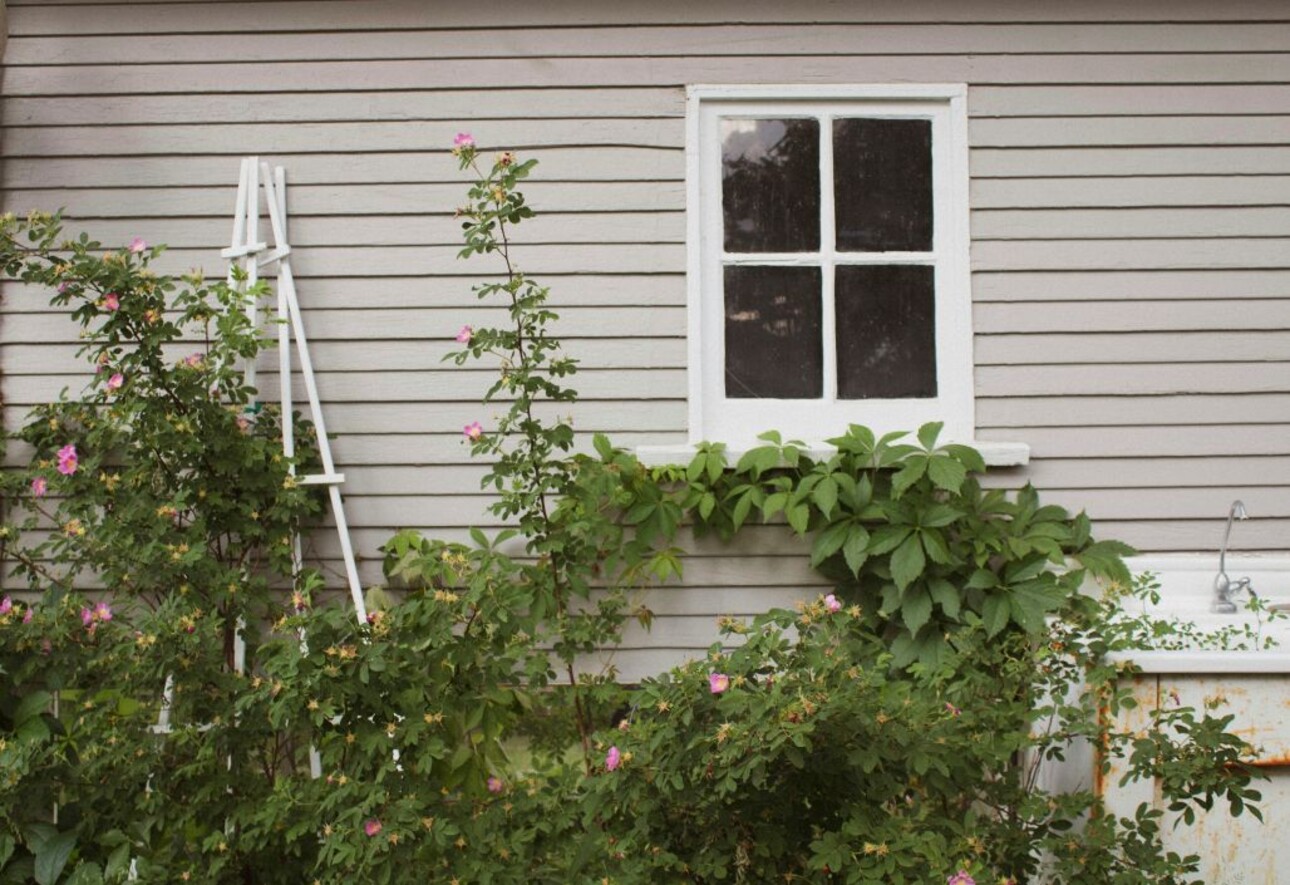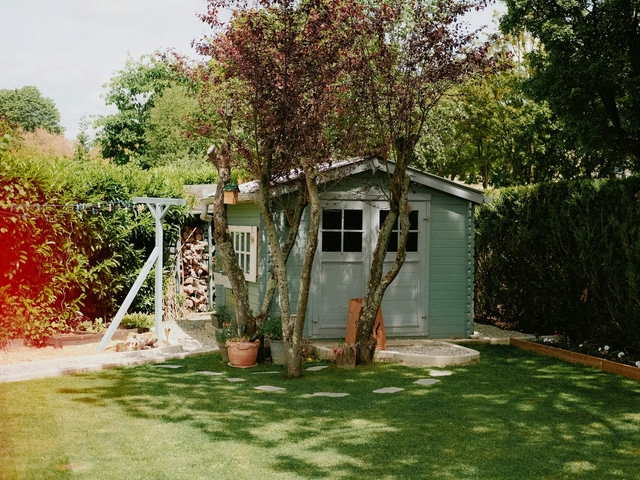
You find the idea of a garden shed or small retreat at the bottom of your garden appealing, don't you? However, before you plant the first peg, it's essential to be aware of the tax implications of such a project. In 2025, the taxe d'aménagement, often referred to as the 'abri de jardin tax', will continue to be strictly applied, and will even increase significantly. But how can this tax affect your building projects? What does it mean for you? All the answers to your questions can be found in this article.
With an ever-expanding range of wooden garden sheds available on the market, it has been necessary to introduce appropriate tax measures. The aim? To support these new constructions and finance the associated public infrastructure.
The taxe d'aménagement (development tax) has replaced the taxe locale d'équipement (local equipment tax) and serves a very specific purpose: to finance the public facilities required around new buildings. This funding is becoming particularly relevant as local authorities seek to improve the infrastructure that supports urban growth.
To understand how much you will pay, we need to look at the method of calculation. The basis for this tax is the flat-rate value per square metre defined each year by INSEE. This value follows the cost of construction index. To calculate the amount due, the taxable area of your building is multiplied by this flat-rate value, then by the rate voted by your local authority.
Consider a garden shed measuring 10 m² with a municipal rate of 4% and a departmental rate of 2%. The standard value per square metre is set at €886, so the tax base is €8,860. The local authority's share is therefore €354.40, while the département's share is €177.20, giving a total development tax charge of €531.60. This can be a significant sum, especially as it is usually payable in a single instalment when your garden shed is built.
The tax does not apply to all buildings. According to the Ministry of the Economy, only enclosed and covered structures of more than 5 m² are affected, with ceilings of more than 1.80 metres. This includes garden sheds, but not pergolas or open terraces. So any project involving such a structure will have to take account of this tax.
However, there are some exemptions. Small structures of less than 5 m² are exempt from this payment. In addition, certain rebuilds following a disaster or for risk prevention purposes may benefit from specific exemptions.

Another aspect to consider is the impact of the choices made by local authorities. Some may choose to exempt certain types of construction in order to encourage local development. For example, they may decide that garden sheds, dovecotes and dovecotes will not be taxed if they are less than or equal to 20 square metres in size.
Regional variations offer potential homeowners the opportunity to make considerable savings, depending on where they live. This also underlines the importance of checking with your local council for the latest information.
Building a garden shed requires more than just an idea and a hammer. If your project requires planning permission or development consent, then development tax will inevitably come up during the administrative process.
However, not all shelters require formal authorisation. That's why it's a good idea to find out more about the exact local requirements before taking any action. And don't forget the simulator provided by the public authorities, a useful tool for anticipating the budget needed to complete your project.
With annual tax adjustments based on the Building Cost Index, it is wise for potential homeowners to consider how these costs might change. While these taxes may seem like an inconvenience, they play a crucial role in helping to maintain and develop the municipal infrastructure that supports our extensive gardens and landscaping.